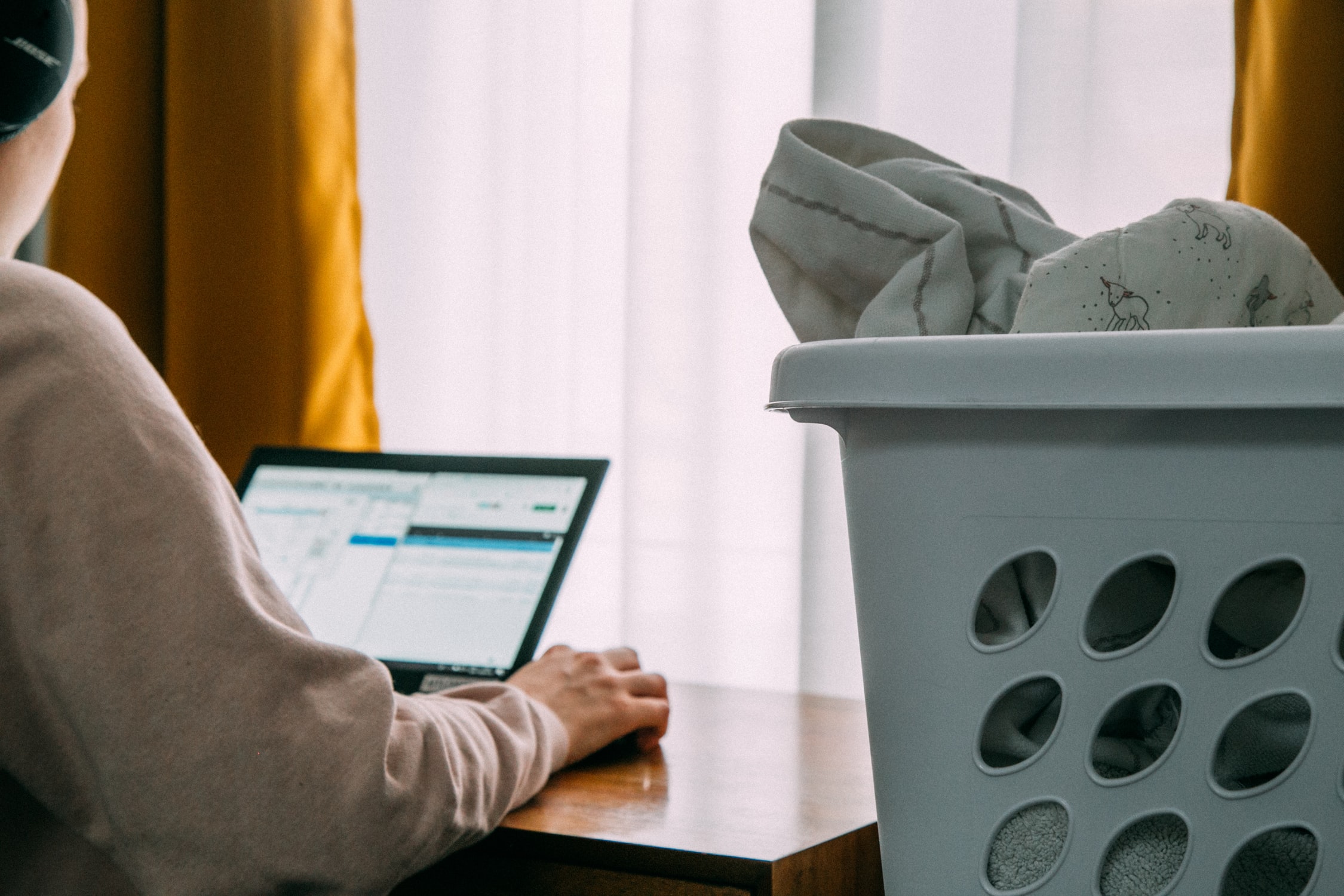While remote productivity may seem a redundant concept to the over 70% of employees who performed remotely at least once per week prior to the impact of the COVID-19 crisis, millions of newfound remotely employed Americans are now struggling to find footing in the professional world now housed in the four walls of their own living room. With the abruptness of this life-altering substitute, finding stride in a continually shifting environment can prove difficult to even the most seasoned of remote workers. The discovery of inner peace amidst the seemingly stagnant personal and professional worlds surrounding you can allow productivity to appear an almost impossible feat.
By definition, productivity represents the effectiveness of productive effort, especially in industry, as measured in terms of the rate of output per unit of input. This definition has left those seeking the standard of traditional productivity to gauge professional worth by the amount of work completed despite the newfound challenges of remote employment, including visual and audible distractions, parental/spousal obligations, lack of privacy, and mental/physical health.
A 2019 report combined by the State of Remote Work, 49% of remote workers state that their biggest struggles are related to mental wellness. Furthermore, 22% of remote employees report inability to unplug after work, 19% report loneliness and 8% claim a lack of motivation. As American employees become conditioned to equate productivity with the quantity of work produced, this mindset can often lead to decreased effectiveness and the sacrifice of personal and mental wellness. Perhaps the key to maintaining efficiency during challenging times such as the COVID-19 crisis lies in the shift of the conventional definition of productivity and the reshaping of this noun to suit a new and more individualistic normal. A new definition of productivity:
Productivity (noun): prioritizing mental and physical health while intentionally creating value, focusing on essentials, and maintaining quality over quantity
The key to meeting the expectations of this new definition of productivity involves first defining value, essentials, and quality. Value can manifest itself in a wide variety for ways, whether through providing use to customers or your business as a whole. Understanding your ability to create value in either of these areas involves first understanding what you, as an individual within your business, can do to truly create lasting value. While working from home, value can be created through the development of skills such as delegation of responsibility, effective communication, and employee encouragement. The key to creating value is building capability and investing in the development of core competencies that will last far beyond the COVID-19 crisis. Utilize this time to polish individual skills and practices in a way that brings about effectiveness and profitability to your company.
In a time where communication and organization may be lacking within your position, focusing on essentials often becomes an issue of prioritization and the inability to collect and separate tasks in effective ways. A traditional way to manage essentials is categorizing tasks based on urgency and criticality. Creating a weekly to monthly schedule that includes both upcoming personal and professional tasks can aid in eliminating a fear of the unknown and will allow for easy allocation of tasks. These tasks can then be evaluated for estimated completion time and effort. These simple organization and prioritization methods can establish peace of mind regarding current and upcoming tasks and can provide simplified gauges for prioritizing and creating a personal definition of essentiality.
In today’s world of continual movement, shifting information, and the business that many perceive as a catalyst to success, multitasking has become a popular method of completing more work within less time. While multitasking is a powerful skill when fully utilized to the best of your ability, this technique should not always represent an end-all-to-be-all work strategy, particularly in times of high stress and overwhelming stimulation.
“When we think we’re multitasking we’re actually multiswitching. That is what the brain is very good at doing – quickly diverting its attention from one place to the next. We think we’re being productive. We are, indeed, being busy. But in reality we’re simply giving ourselves extra work.”– Michael Harris, author of The End of Absence: Reclaiming What We’ve Lost in a World of Constant Connection
Many multitaskers often fail to channel complete energy and focus to one particular task and rather split this effectiveness between two or more tasks, resulting in mediocre work and increased tension. While it may be tempting to complete a large amount of mediocre work rather than a lower amount of effective and constructive work, maintaining quality over quantity is a key aspect of creating productivity and value.
As the world continues to confront this new normal, finding your definition of productivity is key to remaining professionally confident. Just as one definition of productivity does not suit each individual, at ThinkingAhead, we know that recruiting is not a one-size-fits-all solution. We believe that every client, candidate, and opportunity is unique, and our recruiters pay close attention to the details of every individual case to deliver unrivaled results. To learn more about how we can help you during this time, visit www.thinkingahead.com.



